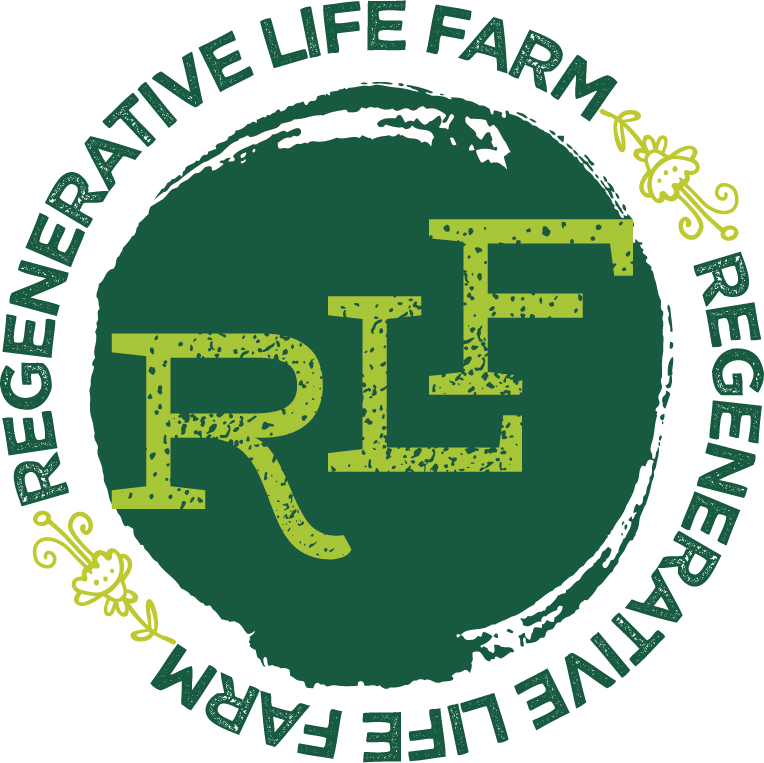Soil Food Web
This was published in the December 31, 2020 edition of The Fish Wrap
When you look across any landscape, you're only seeing half the picture. The amount of biomass above ground is astounding, but what lies beneath our feet is just as astounding and more perplexing to us. Beneath every step we take on healthy soils lie trillions of bacteria and archaea, miles of fungi, and countless other nematodes, arthropods, algae, mites and worms. These critters are how Mother Nature cycles nutrients to make healthy plants and nutritious food!
This complex web of life is what makes a healthy soil. Soil doesn’t exist without the food web to go along with it including living roots. As with most biological processes, the magic happens in the liminal space, the space in between. The thin layer between the root and the soil is called the rhizosphere. All of these organisms work together with plant roots in a multitude of different interactions to cycle insoluble nutrients, which are abundant in the soil, into usable forms for the roots to uptake. The plants place their order for different nutrients from the soil in exchange for the energy it has captured from the sun.
So when a disease shows up in our plants from “bad” bacteria or fungi, what is happening? Is it an abundance of “bad” guys or a lack of “good” guys? Should we apply a chemical that will blindly eliminate everything or apply a quality compost tea to bolster the “good” guys? When the soil food web is functioning optimally the “bad” guys never get out of hand to cause diseases.
Having the primary principle of promoting the health of the soil is one thing. Implementing practices that accomplish that are another. This principle is the basis for how we can work with nature instead of working for huge corporations to have a healthy prosperous food system.
